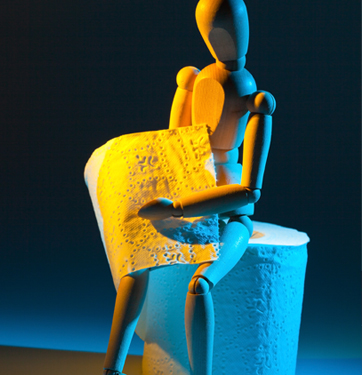The most common cause of bowel incontinence is damage to the muscles around the anus (anal sphincters). Vaginal childbirth can damage the anal sphincters or their nerves. Anal surgery can also damage the anal sphincters or nerves, leading to bowel incontinence.
There are many other potential causes of bowel incontinence, including:
- Diarrhea (often due to an infection or irritable bowel syndrome)
- Impacted stool (due to severe constipation, often in older adults)
- Inflammatory bowel disease (Crohn's disease or ulcerative colitis)
- Nerve damage (due to diabetes, spinal cord injury, multiple sclerosis, or other conditions)
- Radiation damage to the rectum (such as after treatment for prostate cancer)
- Cognitive (thinking) impairment (such as after a stroke or advanced Alzheimer's disease)
More than one cause for bowel incontinence is frequently present. It's also not unusual for bowel incontinence to occur without a clear cause.


